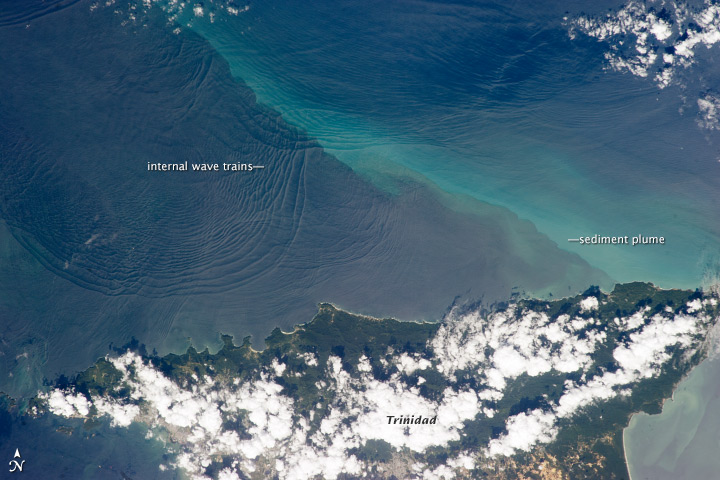Before reading it would be worthwhile to click on the LiDAR image below and give it some thinking.
LiDAR image of a section of west Kitsap County (via Puget Sound LiDAR Consortium)
The first thing I noticed on this image is the glacial striations across the upland landscape from the north northeast to the south southwest marking the direction of ice flow across the landscape. On the ground, these ice lineations are very subtle and could never be discerned without a very detailed survey (although it should be noted that this is not true elsewhere in Kitasap County). I noted erosion channels where low areas between very modest drumlin ridges intersect the steep shoreline bluff. It appears that water is concentrated at these spots leading to erosional features on the bluff slopes.
I found the 'U' turn of the stream in the south central part of the image fascinating. I also noted deep-seated landslide scarps on the slope downstream of the 'U' turn. That may not be a correct interpretation. Alternatively the scarps may represent various harder sediment layers that have created a step like slope. Another possibility is that the features are remnants of former shorelines associated with either a glacial lake or sea level before the area rebounded from the mass of glacial ice. If I were to assess that slope, I would start with at least those working hypothesis and perhaps a couple more. A bit of arm waving thinking, but all pose possible testable theories.
The other feature labeled above are the bowl-like features on the northeast part of the image that I think may be kettles or glacial ice wasting deposits. Based on some observations I made, I am leaning to that interpretation versus deep-seated landslides.
The last thing worth mentioning is the valley on the northeast of the image. Note the terraces indicating down cutting of the stream down to a lower level. This is a common feature of central Hood Canal streams and rivers. The stream level adjusted to a lower relative water level (or to land uplift). But now the lower stream valley is drowned; another common feature of small streams in central Hood Canal. Why? A subject for a future post.





























